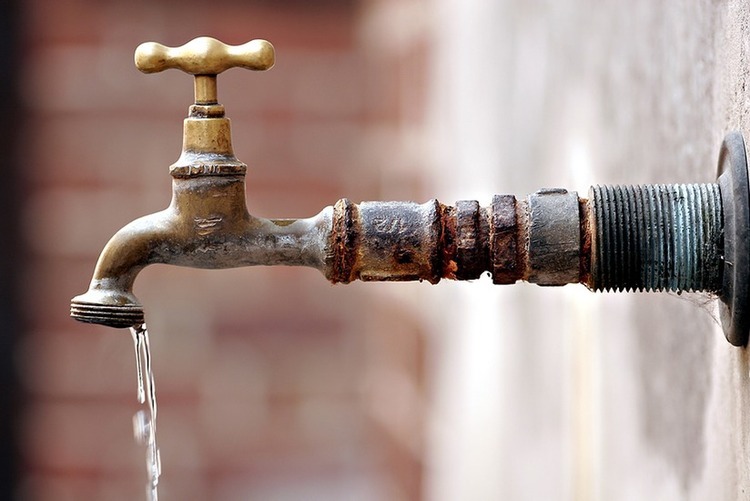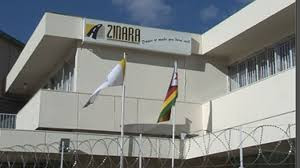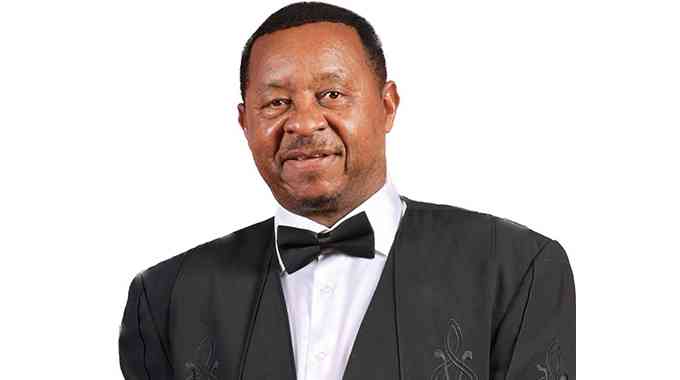
INDEPENDENT engineers hired by government to assess the water situation in Bulawayo have disputed council position that the city was facing an acute water crisis, arguing instead that the city lacked capacity to pump the resource from the available water bodies.
BY NQOBANI NDLOVU
The consultants last week told a high-powered government delegation led by Local Government minister July Moyo that the three remaining supply dams, namely Insiza Mayfair, Inyankuni and Mtshabezi, had enough water to last 14 months.
This came as city authorities introduced a 144-hour water-rationing programme starting Friday, citing depleted supply levels after decommissioning Lower Ncema Dam.
The decommissioning of Lower Ncema after Umzingwane and Upper Ncema has left the city with only 60-65 megalitres (ml) of raw water per day available from the remaining supply dams and Nyamandlovu aquifer, council argued.
This is against the daily demand which averages 155ml/day against the maximum available raw water of 94ml/day.
As a result of the gap between demand and supply of 59ml/day, the city has been on water-rationing since February last year, with council gradually increasing it as supplies dropped.
On Friday, the Bulawayo City Council (BCC) met with Moyo and his deputy Marian Chombo, Water deputy minister Douglas Karoro and Finance deputy minister Clemence Chiduwa, among others, where the consultants delivered their findings.
- Chamisa under fire over US$120K donation
- Mavhunga puts DeMbare into Chibuku quarterfinals
- Pension funds bet on Cabora Bassa oilfields
- Councils defy govt fire tender directive
Keep Reading
The meeting was meant to guide the Water ministry on whether or not to declare the city’s water crisis a state of emergency.
Presenting his findings, Paul Kruger said the water crisis was not the absence of water, but the technical inability to pump the available water from the dams to residents.
“If I use Insiza Mayfair at the current megalitres per day, it will mean I have 5,1 months of water available just from the dam. I am not saying I am capable of bringing that water here, but that water body is there. If Inyankuni was to supply the city of Bulawayo by itself at a rate of 150 megalitres per day, that will give us five months of water,” he said.
“If I looked into Mtshabezi, we could actually have 3,6 months of water. If we put these together, we actually have 14 months of water supply, leaving each dam with 20. The bottom line is, is the water actually here? The good news is the water is here … The water is in the system. The challenge is in getting the water.
“We are not under crisis for water. The crisis is to get the water in town, that is the difference. The water is there in abundance … but we cannot get the water into town. That is our predominant issue here.”
Kruger also pointed out the local authority’s failure to properly plan how to pump water from each dam at the beginning of each rainy season, a development he said puts pressure on the system when council begins to decommission dams.
He noted that the city fathers had drawn “way too much water from Upper and Lower Ncema dams,” risking pumping dirtier water to residents.
“In the future, we need to understand that Lower and Upper Ncema, Insiza Mayfair, Inyankuni and Mtshabezi is one water body.
“At the beginning of each rainy season, you need to decide what percentage, based on the volume of each dam, must be drawn from each dam so that we finish the season with water at the exact same level. When we bring one system out of the entire system altogether, it puts more pressure on the infrastructure — engines, pipes and pumps — to supply the shortfall,” he added.
Following Kruger’s findings, Moyo said it was clear that Bulawayo had not run out of water, yet the city needs water.
Moyo directed the consultants, council engineers, Zimbabwe National Water Authority and the Water ministry to meet and come up with a technical solution that will be implemented to ensure the city’s perennial water crisis is permanently addressed.











